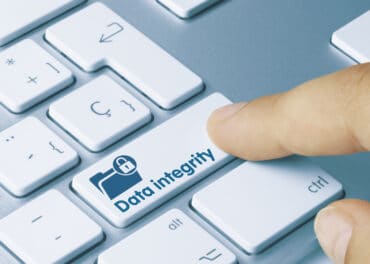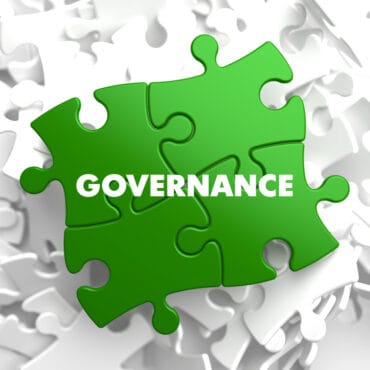
As we emerge from the pandemic, organizations that examine how they are using information will outperform their industry peers.
At the beginning of 2020, the world became aware of a new virus – COVID-19. What we didn’t know then was that it would turn into a worldwide pandemic and change the lives of everyone in one way or another. Whether we were locked down, faced paper and food shortages, watched local and major businesses close due to a lack of commerce, or lost our jobs, no one has been unaffected in some way.
With the recent introduction of a number of vaccines to combat the virus, we begin to see the light at the end of the tunnel. Life may soon go back to normal, or perhaps a new normal as the face of many businesses and sectors have forever been changed. Etail has boomed as we have found it necessary to order everything online. Commercial real estate may never be the same as corporations have found that much of the work previously done in the office can be undertaken remotely. But what we have not taken into account is the pent-up demand of the public. Once the pandemic recovery has moved into full swing, will today’s businesses be able to handle the increased demand for goods and services? Additionally, are there lessons we can learn from the past that we can apply to this situation to support both the recovery as well as the health and wellbeing of our business environment?
See also: Low Code Use Peaked During COVID, But Will it Stick?
In the late 1970s, the world fell prey to the energy crisis. Although its primary timeline was the early 70’s, its effect on the American economy lasted throughout the decade. In the early 1980s (July 1981 – November 1982), the United States found itself in the throes of a recession brought on by the residual effects of the energy crisis as well as a contractionary monetary policy enacted by the Federal Reserve in order to combat double-digit inflation. Unemployment increased, spending slowed, and the economy faltered.
Many businesses closed plants and manufacturing facilities, waiting for when the recession would ease so they could reopen. There was another group. However, that took the recession as a sign of an opportunity, knowing that the pent-up demand would result in an opportunity for expansion if they were ready. This group was the Japanese automakers.
Prior to the recession of the early ’80s, the Japanese held 11% of the US car market. Both Nissan and Honda built and opened new plants in the US during the recession utilizing state-of-the-art techniques, which allowed them to produce automobiles with the horsepower the American market was looking for, but that had a better mpg rating at a lower cost. By 1985, Japanese automakers controlled 15% of the US market, which had increased in overall size.
The lesson to be learned is that as we begin to emerge from the pandemic, there will be pent-up demand. Those organizations that have taken the opportunity to analyze themselves from not only a marketing, product/offering, efficiency perspective but in how they are using information for a competitive advantage perspective will be those that outperform their industry peers.
How is this accomplished? By reviewing your Data Strategy, ensuring that your business users have access to the data they need in order to make informed business decisions. That you are getting the right data to the right people at the right time and that they have access to the applications necessary to understand and utilize that information. By enacting Data Governance and Quality processes that focus not only on the amount of data that you have but the quality of the information available. If your users don’t have confidence in the data they are using to make decisions, then they don’t have confidence in the decisions themselves, which can cause delays and lost opportunities.
As we push for an end to the pandemic and having our lives return to normal, you still have time to review and assess and can make modifications that will have major impacts on the quality of your data and how your business utilizes this asset. The first step is to take an honest look at your business, develop a checklist and make sure that it includes a look at not only how you are collecting information but how you are using it as well.





























